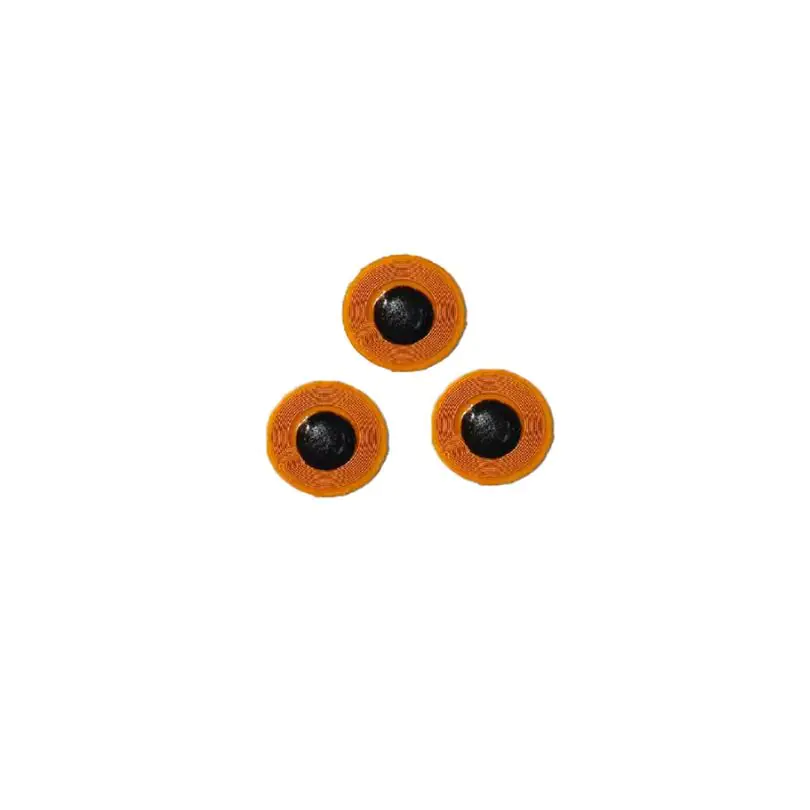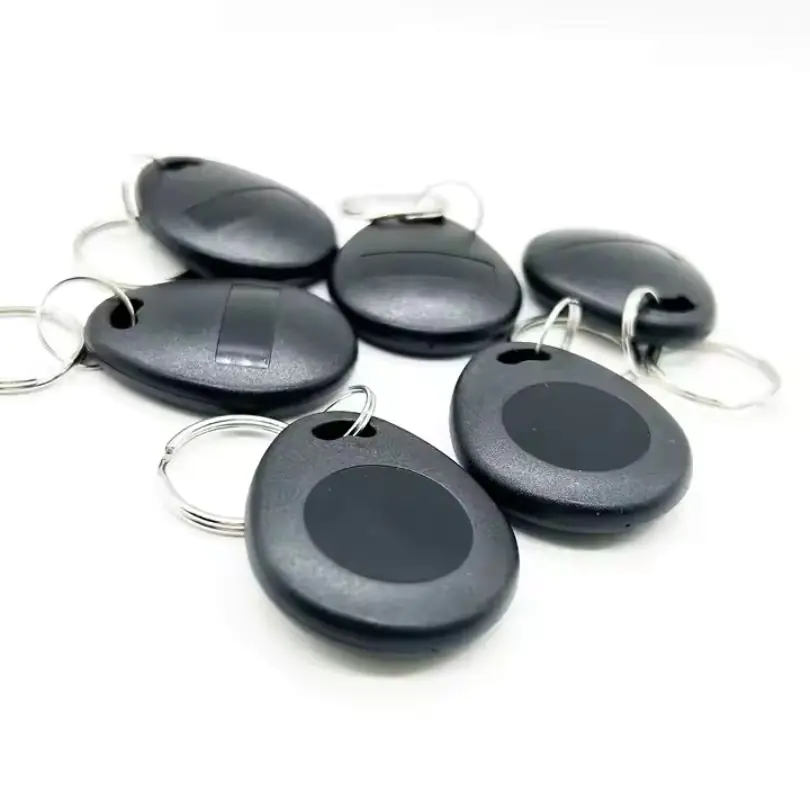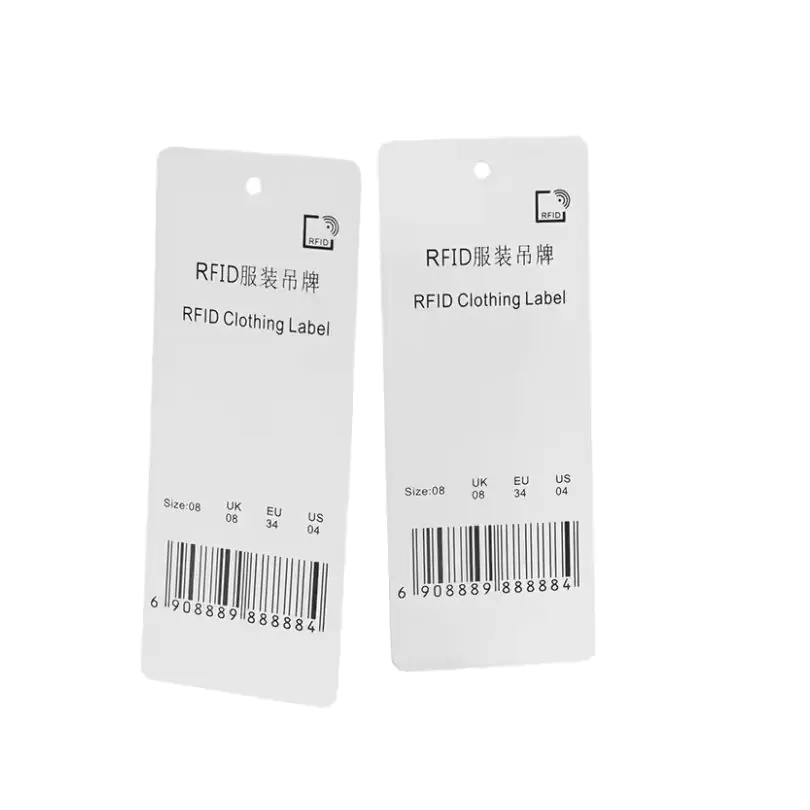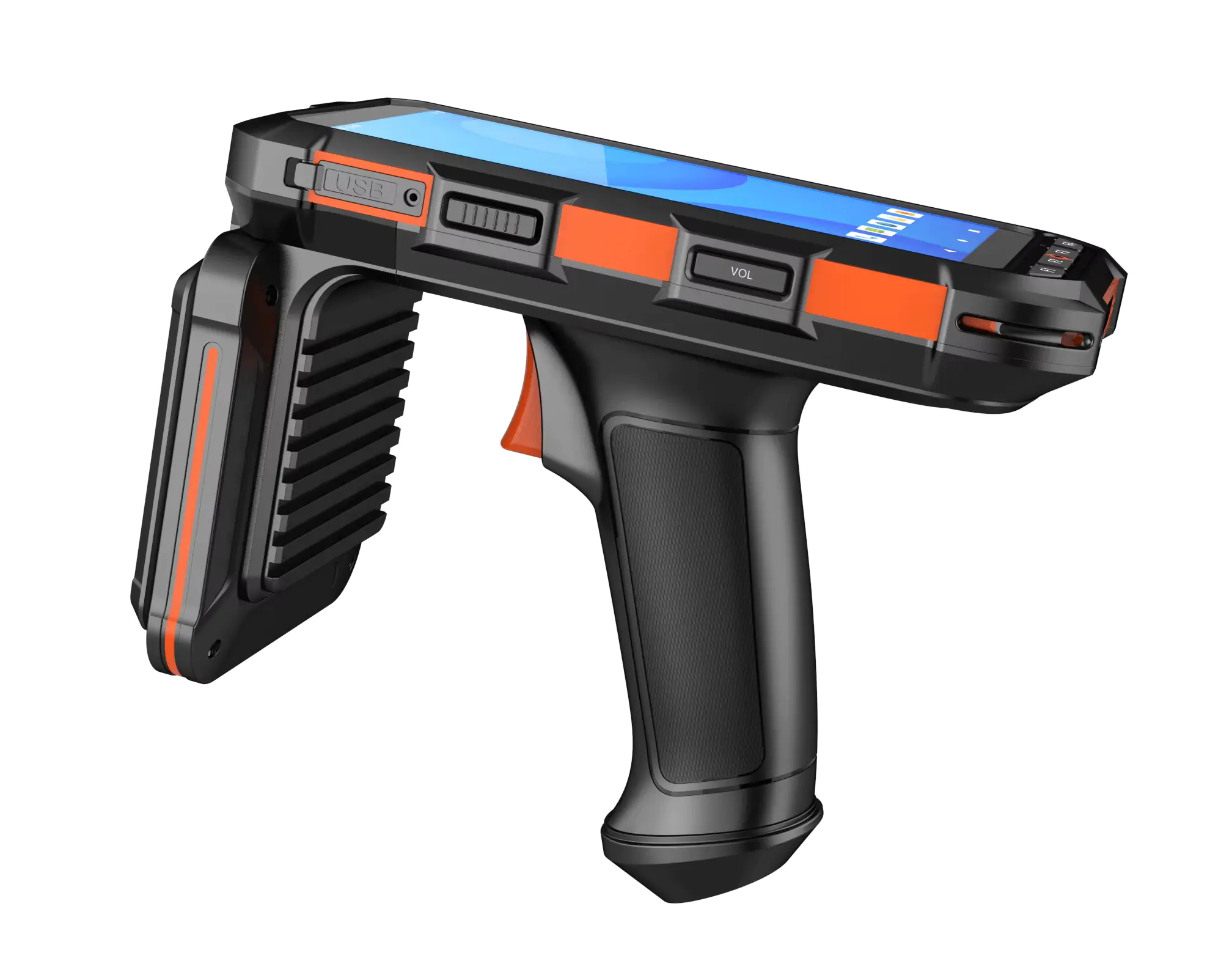
Compatibility of RFID Readers and Tags from Different Vendors
Table of Contents
Summary
These protocols establish the fundamental communication rules necessary for interoperability across various RFID systems. This article explores the key standards that enable RFID readers and tags from different manufacturers to communicate effectively, detailing the requirements for achieving cross-vendor compatibility.
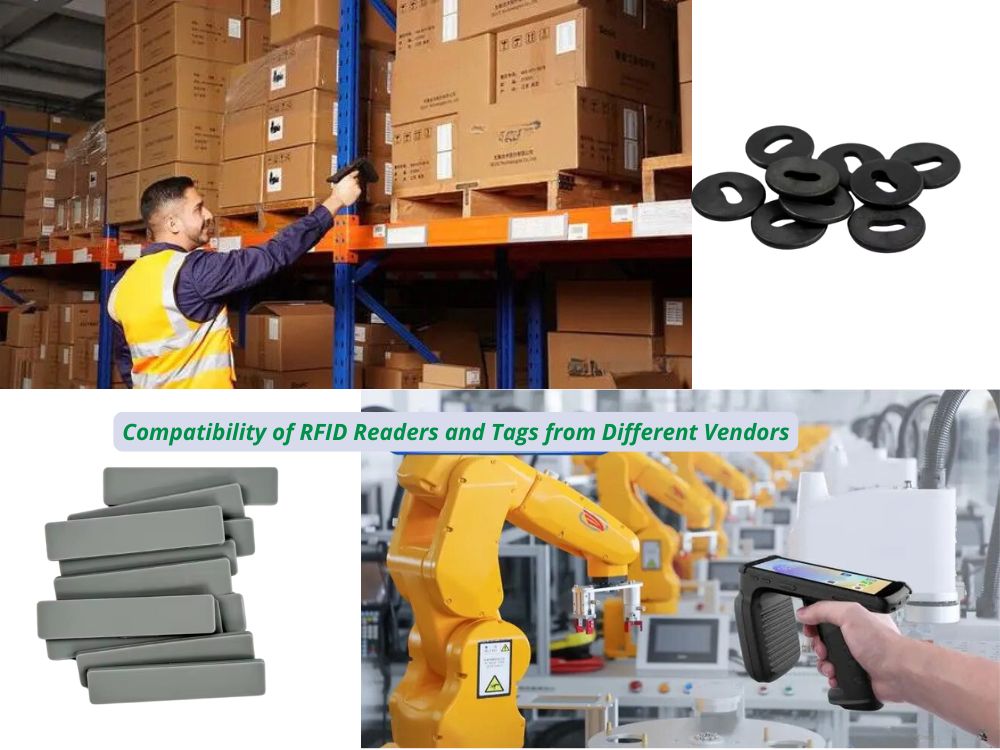
Key Air-Interface Protocols for RFID Communication
RFID technology is governed by several air-interface protocols, which facilitate the communication between RFID readers (interrogators) and tags. These protocols vary based on the frequency and application of the RFID system.
High-Frequency (HF) Protocols
ISO 15693 and ISO 14443 are the primary air-interface standards for high-frequency RFID systems.
Protocol | Description | Typical Applications | Read Range |
ISO 15693 | Designed for vicinity cards, allowing for a read range of up to 5 feet. | Access control, inventory management. | Up to 5 feet (1.5 meters) |
ISO 14443 | Designed for proximity cards with a shorter read range to enhance security. | Credit cards, key fobs, contactless payment systems. | Up to a few inches (10 cm) |
ISO 15693 is commonly used in applications requiring moderate read ranges, such as access control systems and inventory management. In contrast, ISO 14443 is suited for secure transactions where proximity is essential to prevent unauthorized reading.
Ultrahigh-Frequency (UHF) Protocols
For UHF RFID systems, there are three primary standards:
Protocol | Description | Typical Applications | Read Range |
ISO 18000-6A | Part of the ISO 18000 series, used in supply chain and retail applications. | Inventory management, logistics. | 20 to 30 feet (6 to 9 meters) |
ISO 18000-6B | Similar to 18000-6A but with different data encoding methods. | Supply chain management. | 20 to 30 feet (6 to 9 meters) |
ISO 18000-6C | Commonly known as EPC Gen 2, widely adopted in various industries. | Manufacturing, retail, supply chain. | 20 to 30 feet (6 to 9 meters) |
ISO 18000-6C, or EPC Gen 2, is the most prevalent UHF protocol, utilized extensively in logistics, retail, and manufacturing due to its robust performance and longer read range.
Active RFID Protocols
ISO 18000-7 governs active RFID systems that operate at 433 MHz, providing extended read ranges due to the active nature of the tags.
Protocol | Description | Typical Applications | Read Range |
ISO 18000-7 | Designed for active RFID tags, which have their own power source, allowing for longer read ranges. | Tracking high-value objects, shipping containers. | 300 feet (91 meters) or more |
Active RFID systems are particularly useful for tracking valuable items or vehicles over long distances, thanks to the extended read range enabled by the tag’s onboard power source.
Requirements for Cross-Vendor Compatibility
To ensure that an RFID reader from one vendor can communicate with tags from another, the following requirements must be met:
- Standard Compliance: Both the reader and the tag must adhere to the same air-interface protocol standards. For example, a reader designed to operate with ISO 18000-6C tags will need to be compatible with tags that comply with this standard.
- Frequency Matching: The operating frequency of the RFID reader and tags must be the same. For instance, a UHF reader should be used with UHF tags, and an HF reader with HF tags.
- Protocol Alignment: Even within the same frequency range, different protocols (e.g., ISO 18000-6A vs. ISO 18000-6B) may have variations in data encoding and communication methods, requiring alignment to ensure interoperability.
- Reader Configuration: The RFID reader must be capable of reading the specific data format and protocol used by the tags. This often involves configuring the reader’s software to recognize and process the tag’s communication format.
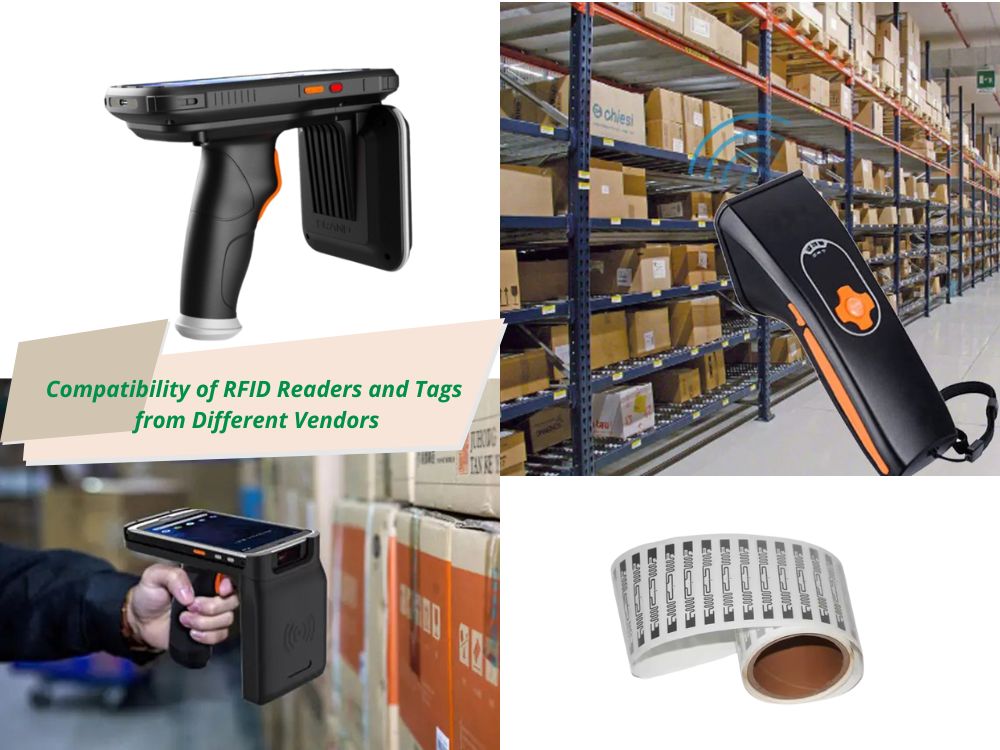
Conclusion
Cross-vendor communication in RFID systems is achievable through adherence to standardized air-interface protocols. By ensuring that RFID readers and tags comply with the same protocols and frequencies, effective interoperability can be maintained, facilitating seamless integration across different RFID solutions. The application of these standards enables diverse RFID systems to work together, enhancing the versatility and efficiency of RFID technology in various sectors.
Comments
Hot Products
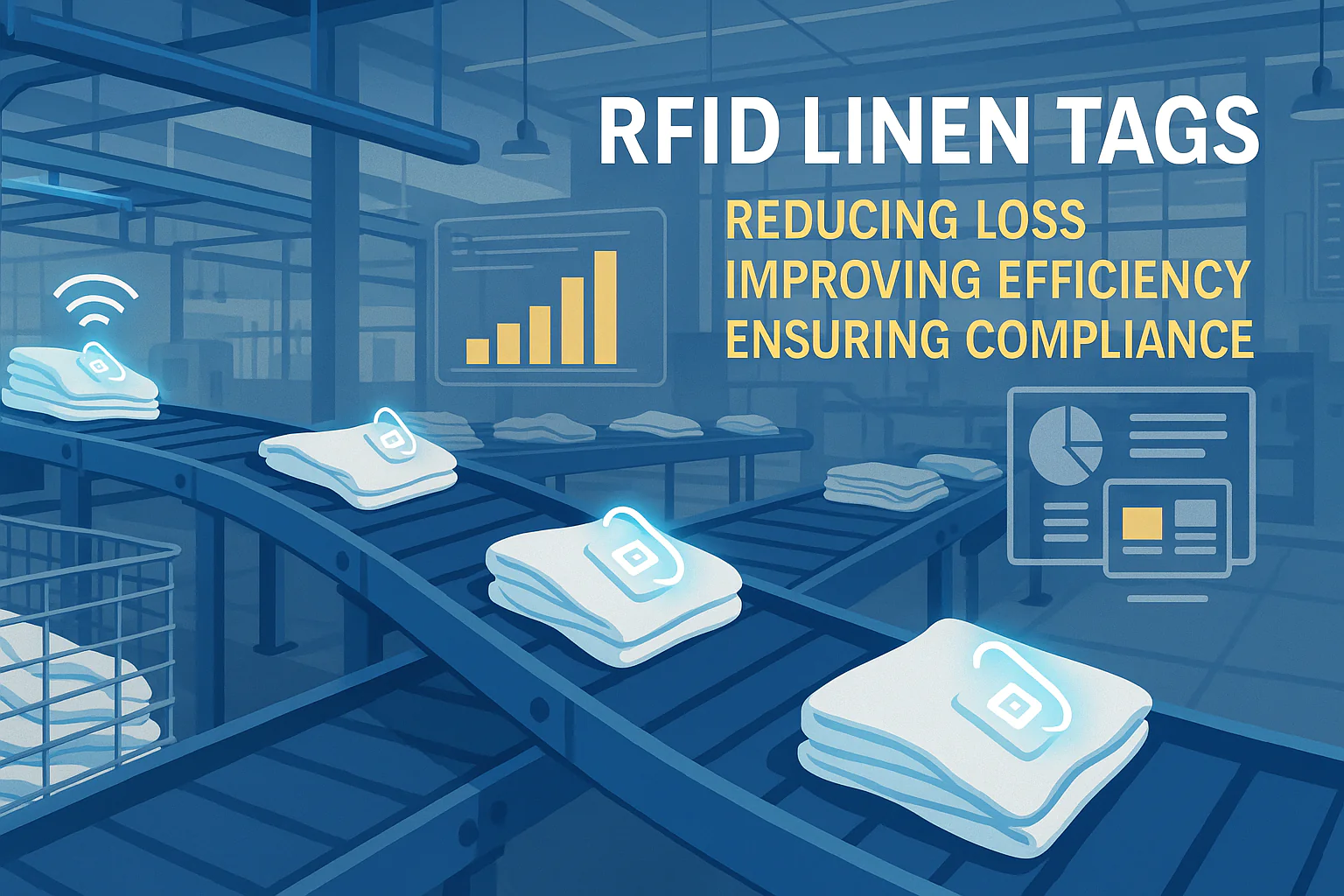
The Benefits of RFID Linen Tags in Commercial Laundry
Managing laundry in hospitals, hotels, or large laundry services is a big job. Each day, thousands of sheets, towels, and uniforms are washed, sorted, and sent back out. But problems like lost linens, sorting mistakes, and manual counting can cost companies a lot of money. For example, mid-sized hotels can lose over $200,000 each year from missing linens.
That’s where RFID Linen Tags come in.

RFID Laundry Tag Guide 2025: Smarter Tracking, Less Waste, and Real Results
Did you know that smart RFID systems can reduce laundry losses by up to 95%? That’s a game-changer for laundry businesses that lose time and money tracking items manually.
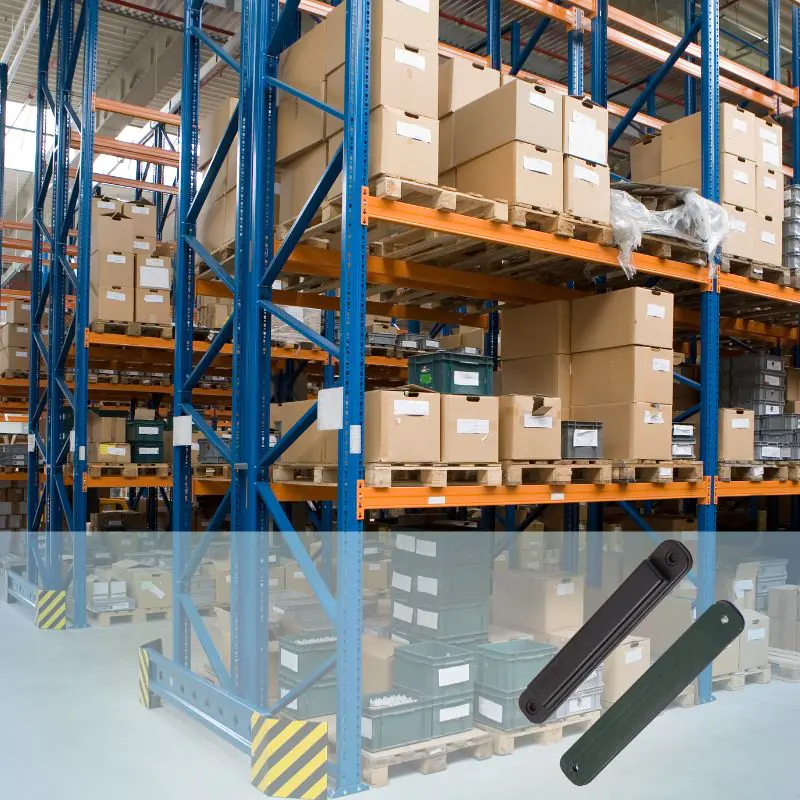
How RFID Tags for Pallet Streamline Tracking in Warehouses
In today’s fast-paced logistics and supply chain environments, traditional pallet tracking methods like barcodes and manual scanning are no longer sufficient. This is where RFID (Radio Frequency Identification) comes in.
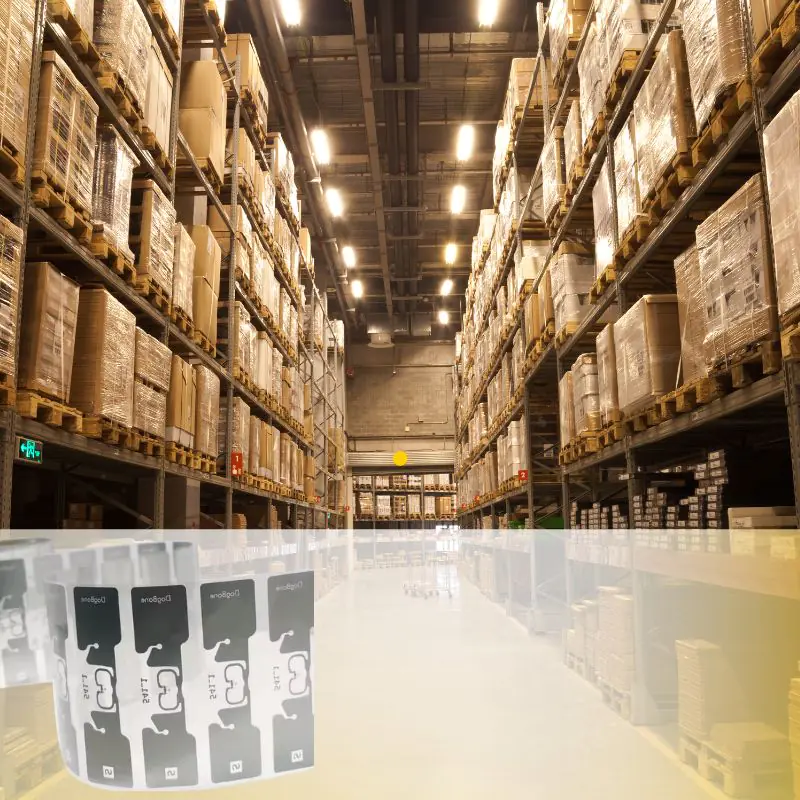
Top 5 Types RFID Tag for Warehouse Automation
Warehouse operations are becoming more complex, and manual tracking methods can’t keep up. RFID tags for warehouse automation enable real-time data capture, faster inventory processing, and better traceability.
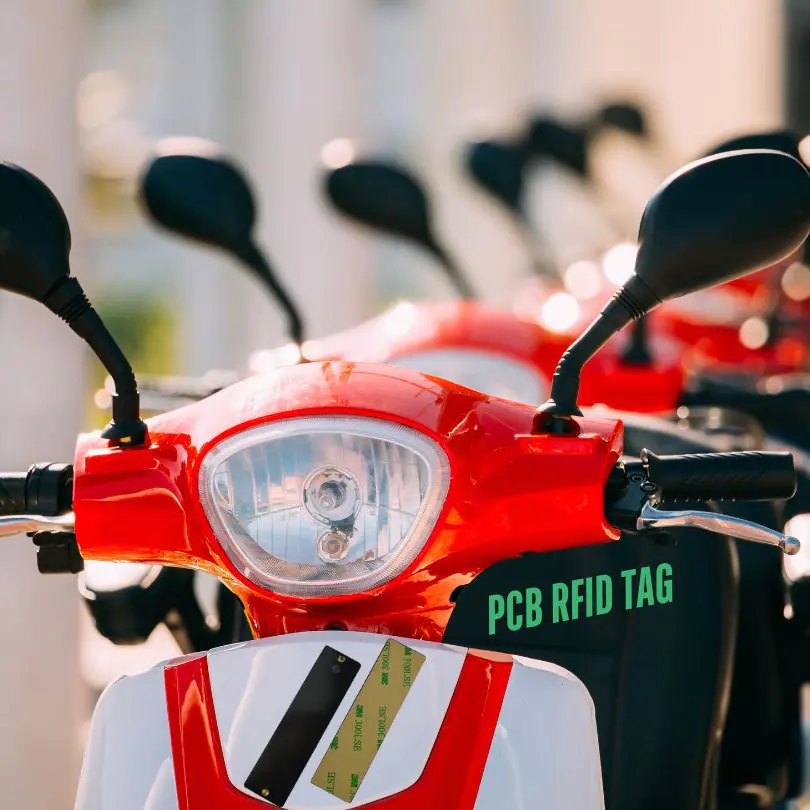
RFID Smart License Plates Help Hengshui to Track The E-Bikes
As urbanization accelerates and the green travel movement gains momentum, electric bicycles have become vital to daily commuting in Hengshui, Henan Province.

What is A PCB Tag
Learn how innovative tag and RFID solutions transform industries from retail and logistics to healthcare and education.
Tags
RELATED BLOGS

The Benefits of RFID Linen Tags in Commercial Laundry
Managing laundry in hospitals, hotels, or large laundry services is a big job. Each day, thousands of sheets, towels, and uniforms are washed, sorted, and sent back out. But problems like lost linens, sorting mistakes, and manual counting can cost companies a lot of money. For example, mid-sized hotels can lose over $200,000 each year from missing linens.
That’s where RFID Linen Tags come in.

RFID Laundry Tag Guide 2025: Smarter Tracking, Less Waste, and Real Results
Did you know that smart RFID systems can reduce laundry losses by up to 95%? That’s a game-changer for laundry businesses that lose time and money tracking items manually.

How RFID Tags for Pallet Streamline Tracking in Warehouses
In today’s fast-paced logistics and supply chain environments, traditional pallet tracking methods like barcodes and manual scanning are no longer sufficient. This is where RFID (Radio Frequency Identification) comes in.

